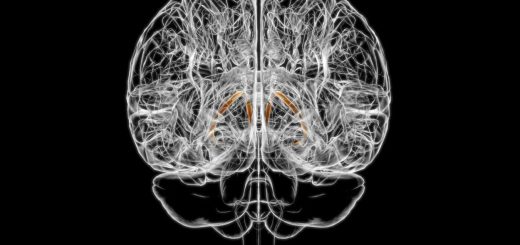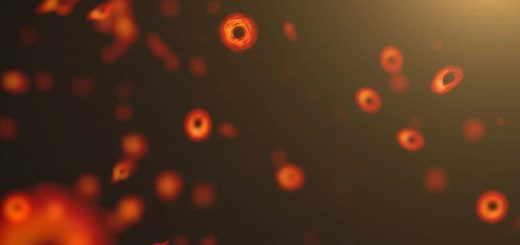Why warm drinks taste more alcoholic than cold ones
Chemists have found a link between the taste of a beverage and the shapes formed by its water and ethanol molecules, which explains why spirits like whisky taste more alcoholic at warmer temperatures
By Karmela Padavic-Callaghan
1 May 2024
Beer tastes more refreshing at cold temperatures, and whisky tastes more alcoholic when warm
M. Okimoto & G. Kaye/Getty Images
Beer is most refreshing when it is ice-cold, while spirits like whisky taste most alcoholic at warmer temperatures – and those shifts in flavour may be due to the way water and ethanol molecules cluster together within a beverage.
Lei Jiang at the Chinese Academy of Sciences and his colleagues wanted to study how factors like temperature and alcohol by volume (ABV) affect molecular behaviour in drinks like beer, rice wine and the whisky-like Chinese spirit baijiu – and what that may mean for their taste.
Read more
Make these four classic cocktails and become a fluid dynamics expert
Advertisement
They first measured the surface tension of these alcoholic beverages while increasing the drinks’ ABV levels. Then they used nuclear magnetic resonance imaging and computer simulations to “zoom in” on combinations, or clusters, of water and ethanol molecules in beverages at different ABVs and temperatures. Finally, they conducted taste tests in partnership with Chinese baijiu company Wuliangye.
Jiang says that what they found surprised them, defying what chemists once thought was “common sense”. While he and his colleagues expected surface tension to evenly decrease as the ABV of a drink increased, it actually changed in discrete “steps”.
The researchers uncovered that these jumps happened when clusters of water and ethanol molecules changed shape, shifting from compact, pyramid-like structures to long, chain-like ones. Jiang says that colder and less alcoholic liquids had a greater proportion of pyramid clusters and were associated with a more refreshing flavour.


